Architectural Wonders of Berlin Unveiled
Join us for a free walking tour exploring Berlin’s architectural highlights, where history and modernity collide in stunning designs.
Time
2 Hours
Stops
5 Places
Distance
2.4 km
Reichstag Building
Begin your tour at the Reichstag Building, an iconic symbol of democracy in Germany, known for its impressive glass dome designed by architect Norman Foster.

Reichstag Building (Source: Google Maps)
The Reichstag Building, completed in 1894, is a historic edifice that houses the German parliament. Its iconic glass dome, designed by architect Norman Foster in 1999, offers panoramic views of the city and symbolizes transparency in government. The building has witnessed significant events in German history, including the Reichstag fire in 1933 and the fall of the Berlin Wall in 1989. The blend of historic and modern architectural elements makes it a key landmark in Berlin, representing both the tumultuous past and the democratic future of Germany.
Brandenburg Gate
Walk to the Brandenburg Gate, an 18th-century neoclassical monument that has become a symbol of Berlin and German reunification.
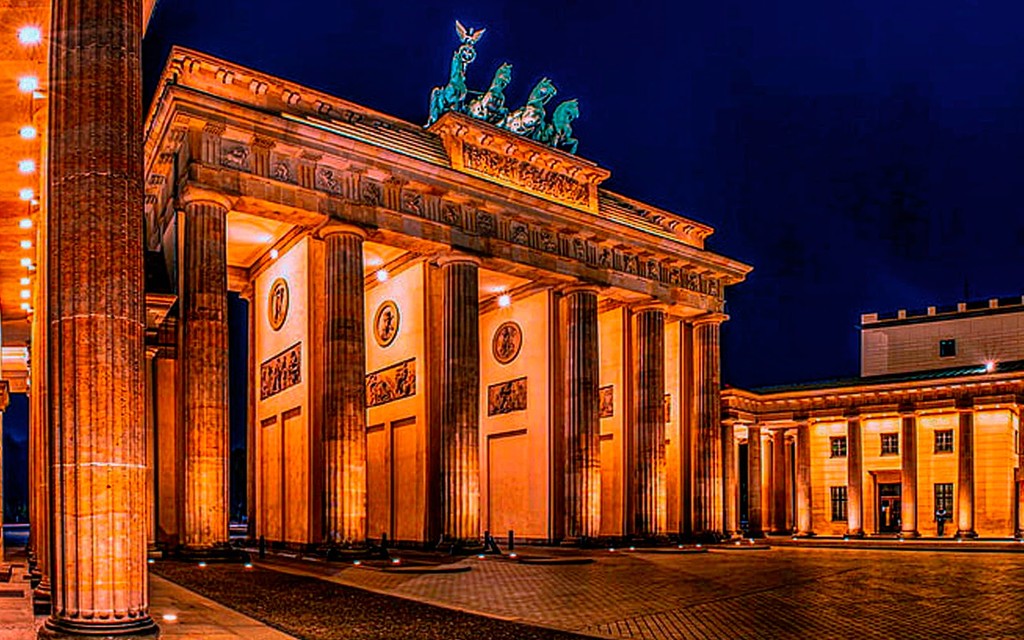
Brandenburg Gate (Source: Google Maps)
The Brandenburg Gate, built between 1788 and 1791, is an 18th-century neoclassical monument that has become a symbol of Berlin and German reunification. Designed by Carl Gotthard Langhans, it features twelve Doric columns and stands 26 meters tall. Originally commissioned by Frederick William II of Prussia, the gate served as a city entrance and later became a site of significant historical events, including Napoleon's triumphal march and the celebrations of Germany's reunification in 1990. Its iconic status is further enhanced by its location at the end of Unter den Linden boulevard.
The Memorial to the Murdered Jews of Europe
Visit this poignant and architecturally striking memorial, designed by Peter Eisenman, which serves as a reminder of the Holocaust.
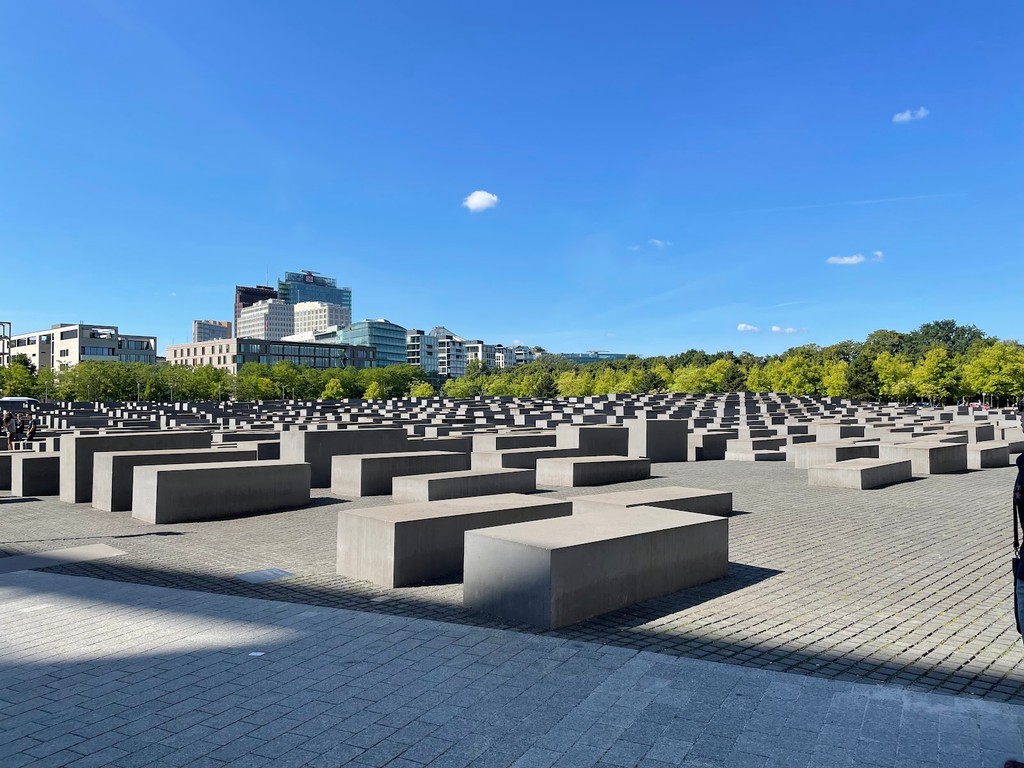
The Memorial to the Murdered Jews of Europe (Source: Google Maps)
The Memorial to the Murdered Jews of Europe, designed by architect Peter Eisenman and completed in 2005, is a poignant tribute to the victims of the Holocaust. The site consists of 2,711 concrete slabs of varying heights, creating a maze-like experience that evokes feelings of disorientation and reflection. The design is intentionally abstract, allowing visitors to interpret its meaning personally. Below ground, an information center provides historical context and personal stories, ensuring that the memory of the victims is preserved. This memorial serves as a powerful reminder of the atrocities of the past and the importance of tolerance.
Potsdamer Platz
Continue to Potsdamer Platz, a bustling square that showcases modern architecture and represents Berlin's vibrant urban renewal.
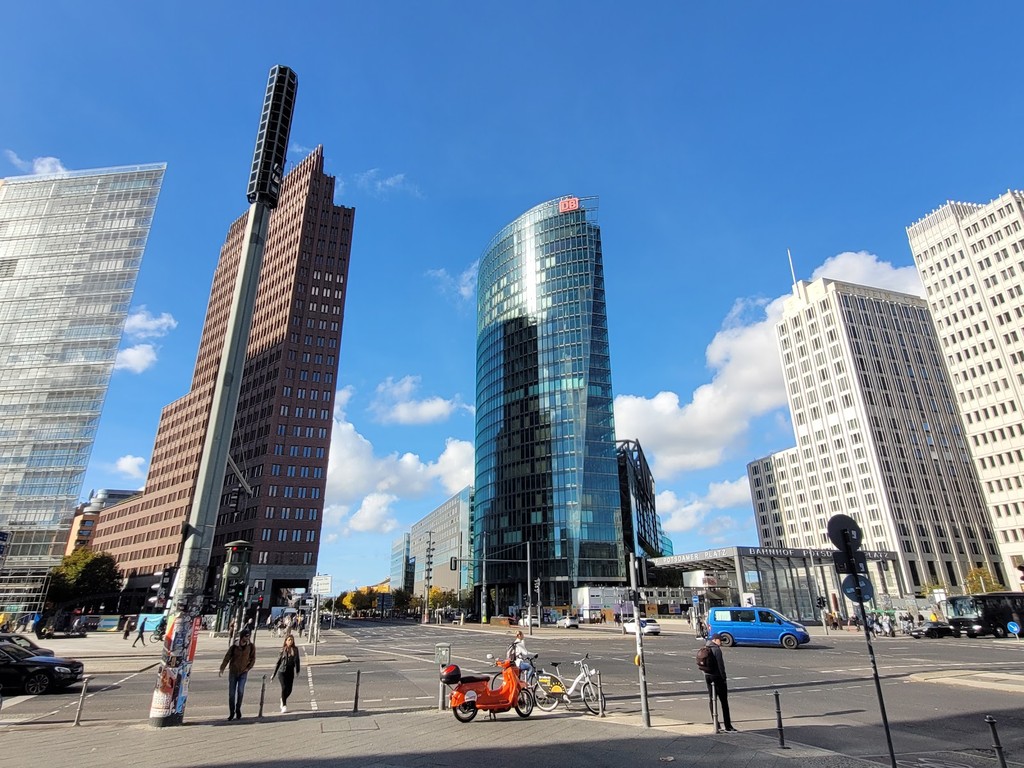
Potsdamer Platz (Source: Google Maps)
Potsdamer Platz is a vibrant square that showcases the architectural renewal of Berlin following the reunification of Germany. Once a bustling hub before World War II, it was largely destroyed and remained desolate until the 1990s. Today, it features a mix of modern architectural styles, including the Sony Center, designed by Helmut Jahn, and the DB Tower, designed by architect A. R. L. Zaha Hadid. The area is a testament to Berlin's transformation, blending commercial, residential, and entertainment spaces, making it a lively destination for locals and tourists alike.
Berliner Philharmonie
Admire the Berliner Philharmonie, an architectural masterpiece by Hans Scharoun, known for its innovative design and exceptional acoustics.
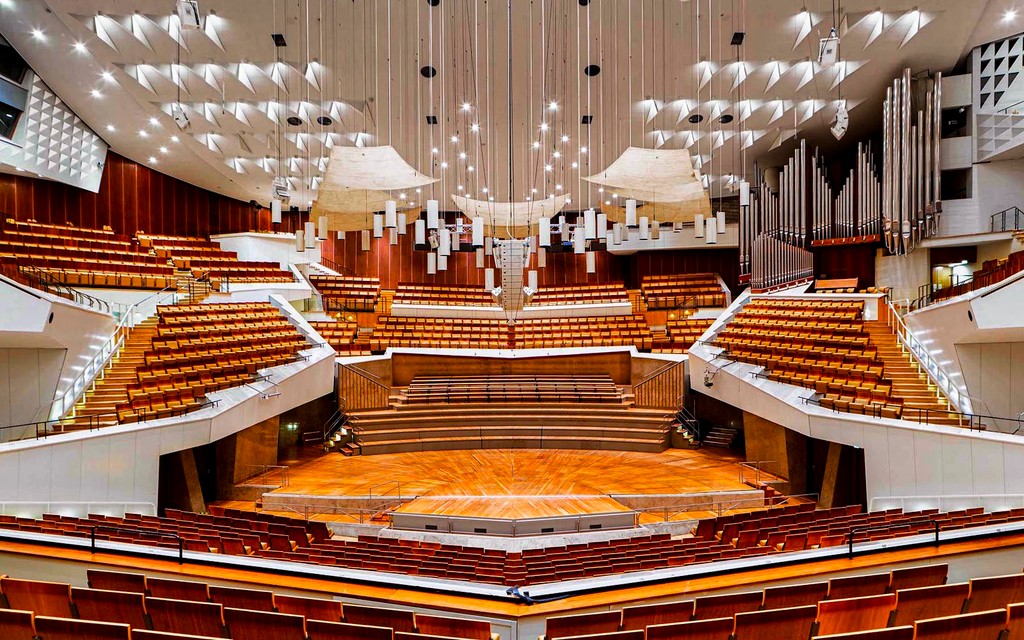
Berliner Philharmonie (Source: Google Maps)
The Berliner Philharmonie, completed in 1963 and designed by architect Hans Scharoun, is renowned for its innovative design and exceptional acoustics. The building features a unique tent-like structure with a striking golden roof, symbolizing the dynamic nature of music. The concert hall's interior is designed to enhance sound quality, ensuring that every note resonates beautifully. As the home of the Berlin Philharmonic Orchestra, it hosts numerous concerts and events, attracting music lovers from around the world. The building's architectural significance lies not just in its aesthetic appeal, but also in its commitment to creating an immersive musical experience.
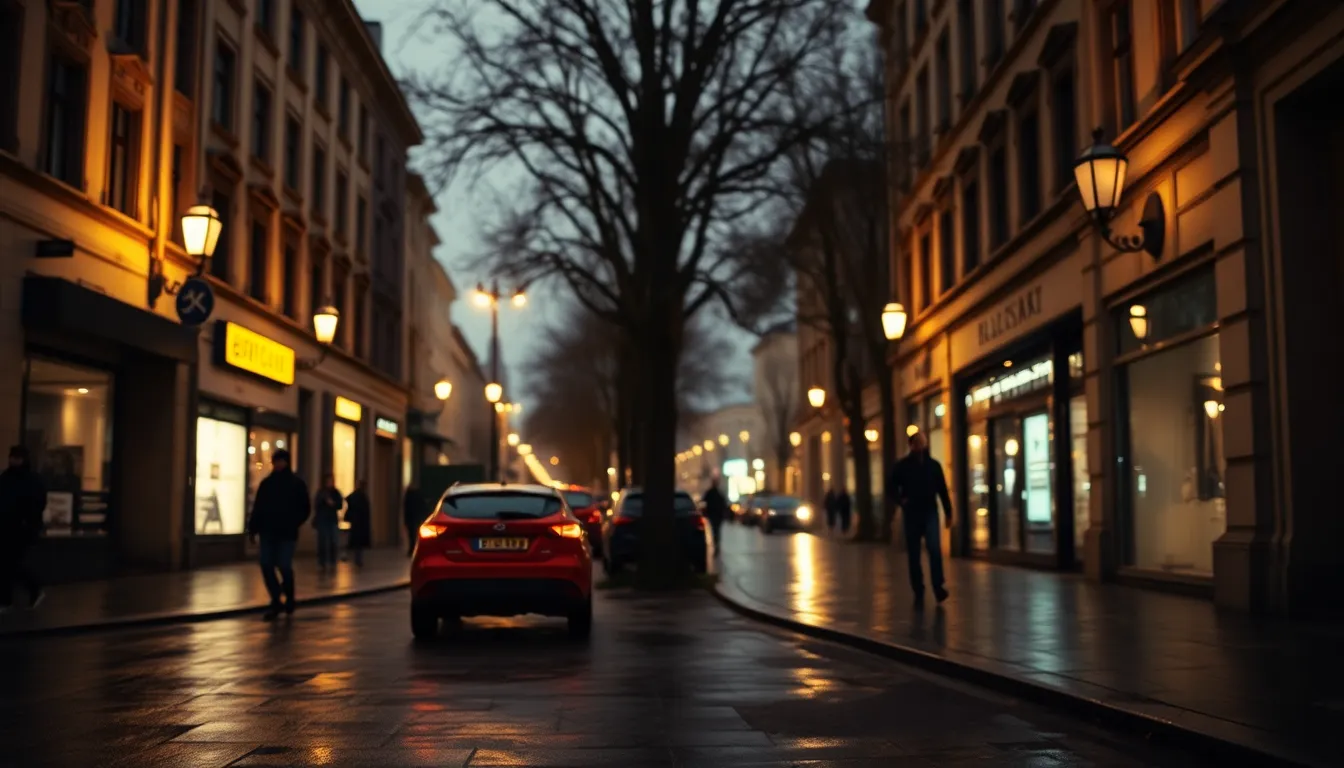
Your travels, your rules.
Create your own Free Walking Tours.
Set your preferences, distances and anything you want to do or see.
Completely free, no payment required.